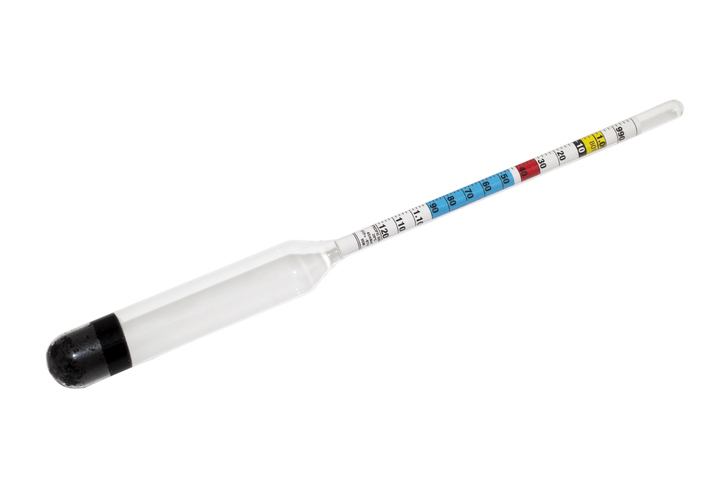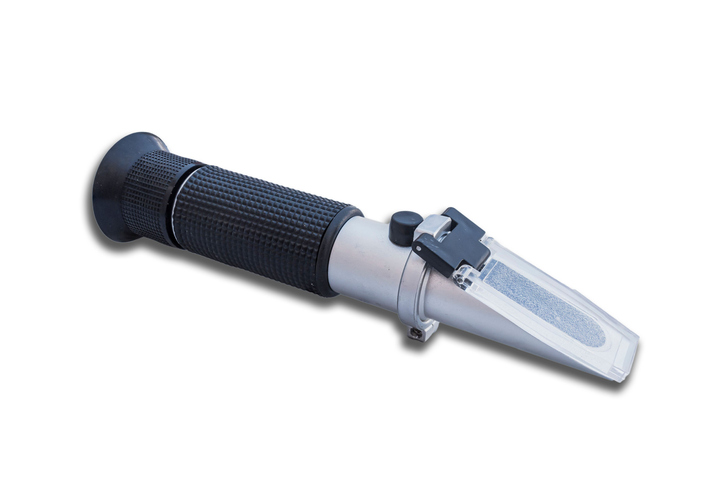How to test colostrum quality
-

- 27 Feb 2023
- 0 Comments

The importance of colostrum has been well documented, however, that we feed calves is often overlooked. With colostrum being so crucial for the future productivity and survivability of the calf, why should we guess or compromise on the quality we put into them?
The quality of colostrum can vary greatly from cow to cow with numerous factors such as parity, nutrition and breed all influencing colostrum quality. The quality of colostrum cannot be identified from sight alone! Measuring colostrum quality ensures calves get the best possible start in life.


Using a Hydrometer
Hydrometers, such as colostrumeter or colostrum balls, measure specific gravity and use colour-coded scale to assess colostrum quality.
How to use
Place colostrum in the cylinder then place the glass colostrumeter in and allow to float freely. The colostrumeter will settle in one colour indicating quality.
What do the results mean?
Green - > 50 mg/ml Ig. This is the best quality colostrum and should be used for the all-important first feed
Yellow – 20-50 mg/ml Ig. This colostrum is not the best quality. Can be kept for second/third colostrum feed
Red - < 20mg/ml Ig. This is poor-quality colostrum. This can be used as transition milk providing some benefits to the calf.
For best Results
Use colostrum at room temperature (20oc) for the best accuracy. When using warm colostrum from straight off the cow, the colostrumeter may overestimate the Ig content.


Using a Refractometer
Refractometers use light to determine quality by density.
How to use
Place a few drops of colostrum on the prism and place cover on. Hold refractometer to light and look down the eyepiece. A line will appear indicating the quality of the colostrum.
What do the results mean?
Colostrum should read as a minimum of 22% (50 mg/ml Ig) in order to be colostrum to considered high enough quality for first feed. Colostrum below this quality may used for second feeds or will need to be supplemented with colostrum replacers.
For best results
Use colostrum at room temperature. Hold to natural light. Recalibrate before each use.
Caution when leaving colostrum at room temperature
Bacteria double every 20 mins, so if you are leaving colostrum to cool you are risking high bacterial loads in the colostrum. When leaving colostrum to cool to room temp or not feeding straight away refrigerate too rapidly cool. Gently heat the colostrum back to 38 oc before feeding.










